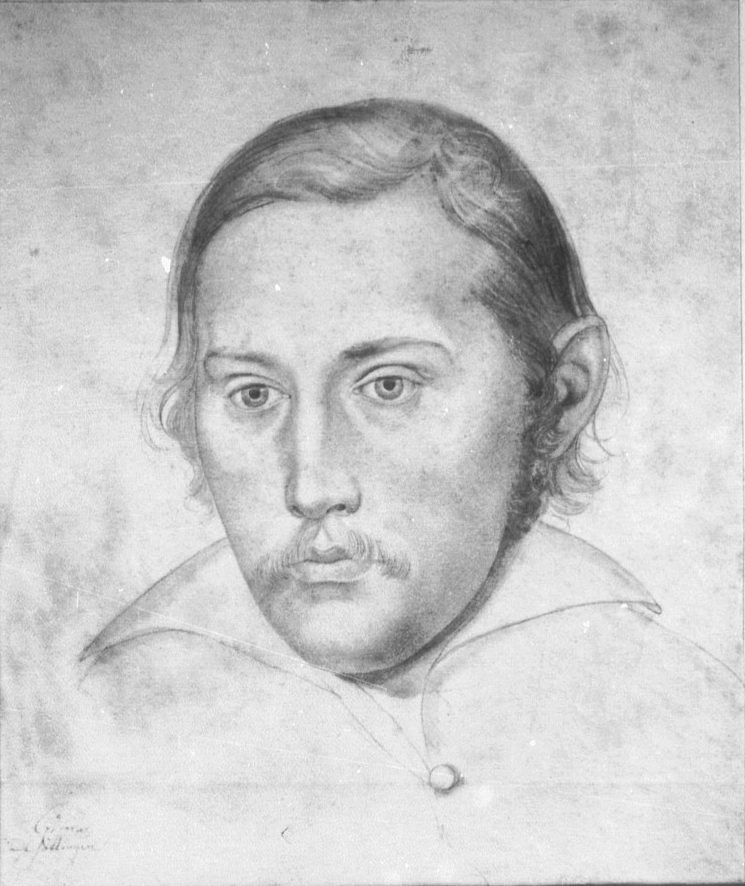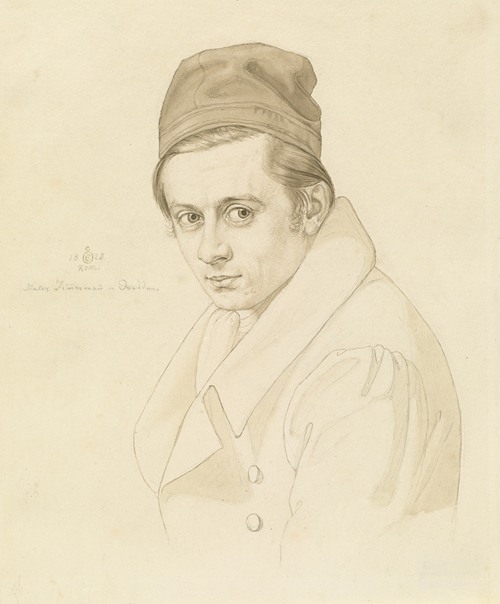

Carl Wilhelm Friedrich Oesterley was a German painter and art historian. He is remembered largely for creating oil paintings with Biblical themes.
He was a native of Göttingen, and studied archaeology, philosophy and history at the University of Göttingen, where in 1824 he earned his doctorate in the field of art history. Subsequently he studied drawing in Dresden, where he was a student of Johann Gottlob Matthäi (1753–1832). He then spent several years in Rome (1824–29).
In 1831 he became a professor of art history at Göttingen, where he collaborated with Karl Otfried Müller (1797-1840) on the treatise Denkmäler der alten Kunst (Monuments of Ancient Art). During this time period, he extended his artistic studies in Düsseldorf (1835–38 under Friedrich Wilhelm Schadow), Munich (where he studied the frescoes of Peter von Cornelius) and Paris (1842).
In 1842 Oesterley became a full professor of art, and in 1844, after finishing the painting Christus and Ahasuerus, he was appointed court painter of the Kingdom of Hanover. Beginning in 1852 he produced numerous altarpieces and other works of art for the church in Rosdorf, in Molzen near the town of Uelzen, and also in Bad Iburg.
